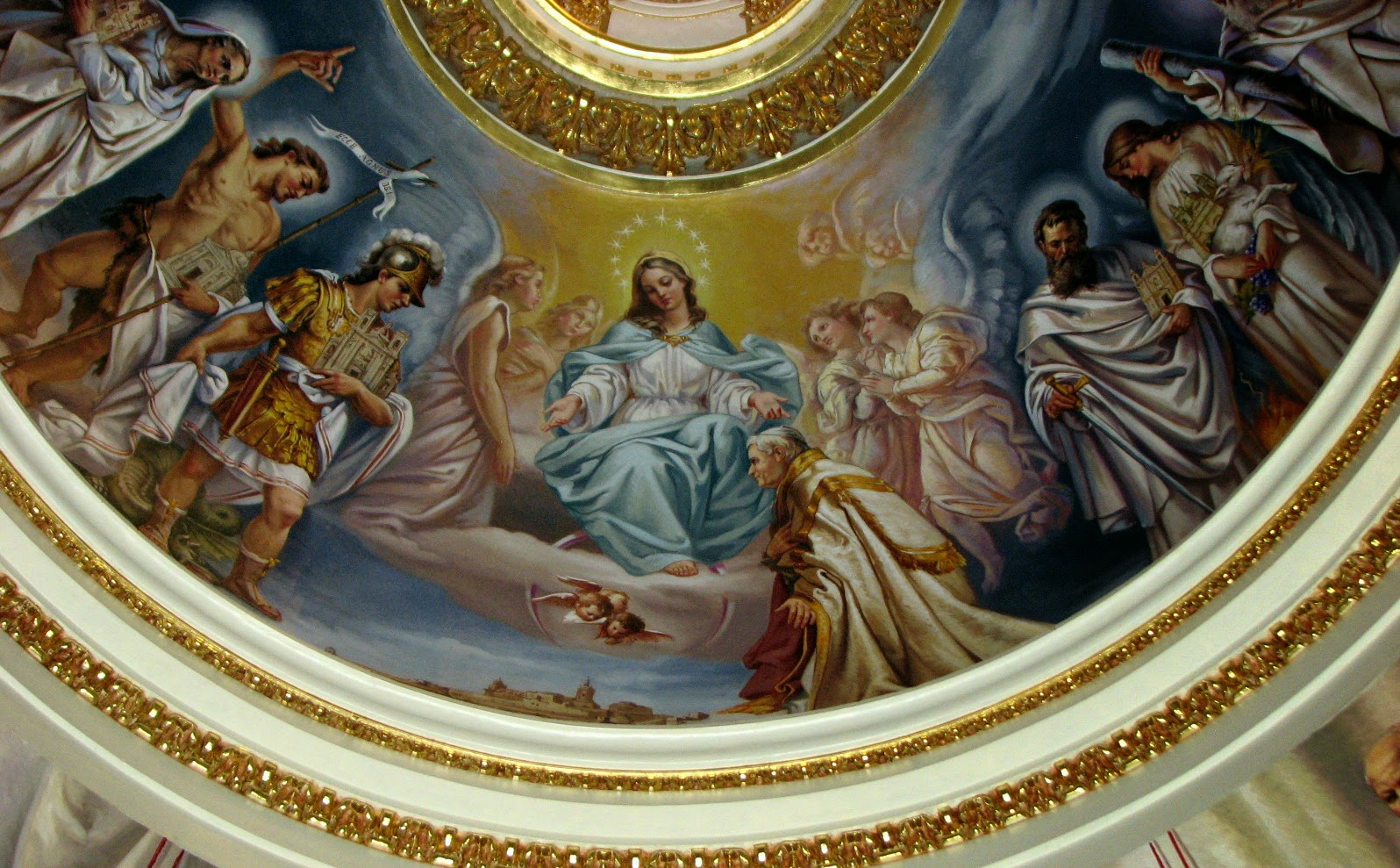 |
| St Teresa of Avila (1515-1582) |
A great Carmelite mystic and nun, today we celebrate the feast of St Teresa of Avila, Doctor of the Church, author of Way of Perfection, Interior Castle and Meditations on the Canticle. A great reformer of the Carmelite Order, she was born in 1515 and died in 1582. This is a famous quote of this great saint:
 |
| "Ecstasy of St Teresa" by Bernini |
May today there be peace within.
May you trust God that you are exactly where you are meant to be.
May you not forget the infinite possibilities that are born of faith.
May you use those gifts that you have received,
and pass on the love that has been given to you.
May you be content knowing you are a child of God.
Let this presence settle into your bones,
and allow your soul the freedom to sing, dance, praise and love.
It is there for each and every one of us.
Christ has no body now but yours
No hands, no feet on earth but yours
Yours are the eyes through which He looks Compassion on this world
Yours are the feet with which He walks to do good
Yours are the hands with which He blesses all the world
Yours are the hands; Yours are the feet
Yours are the eyes; You are His body
Christ has no body now on earth but yours
Let nothing disturb you, Let nothing frighten you,
All things are passing away: God never changes.
Patience obtains all things
Whoever has God lacks nothing; God alone suffices.








































